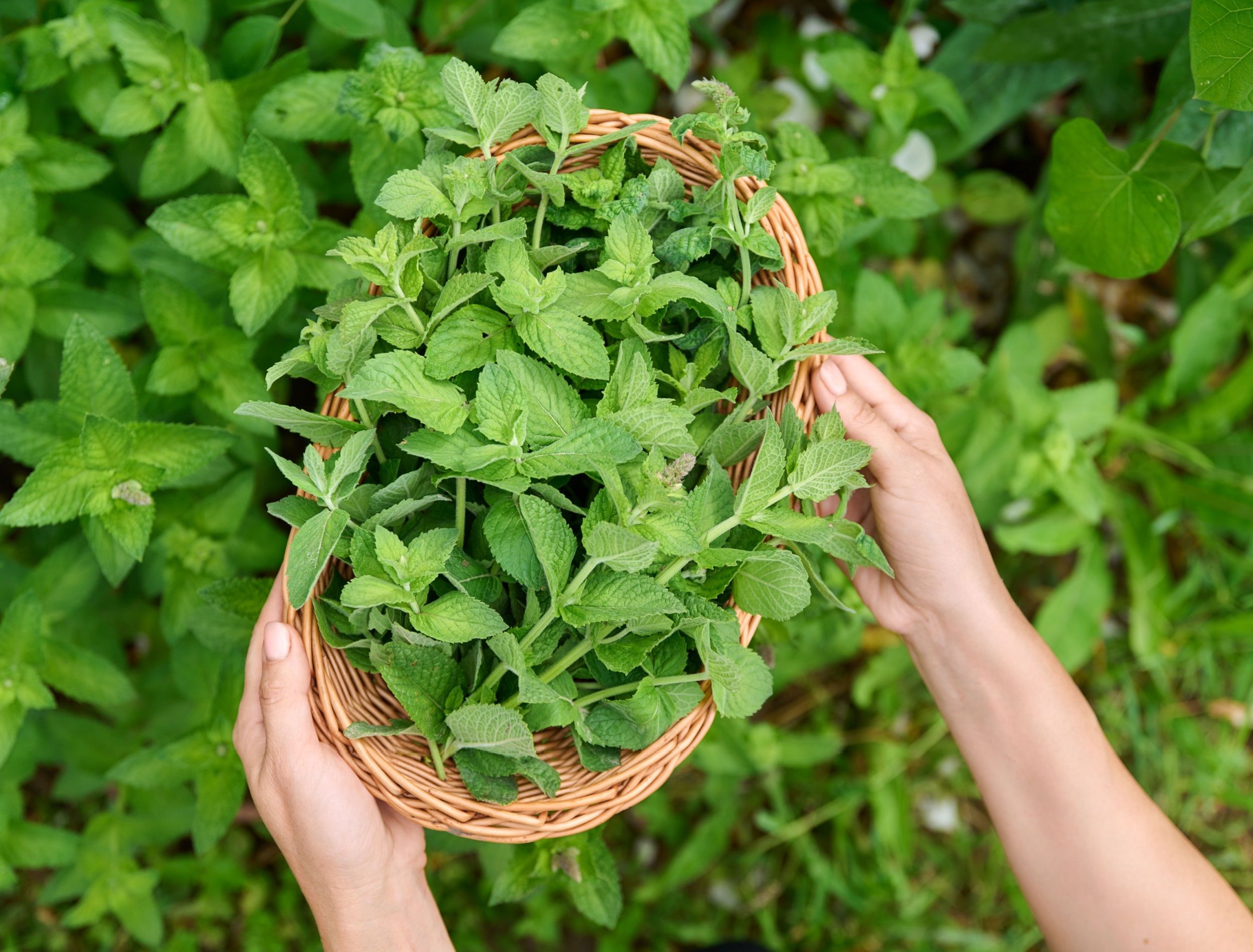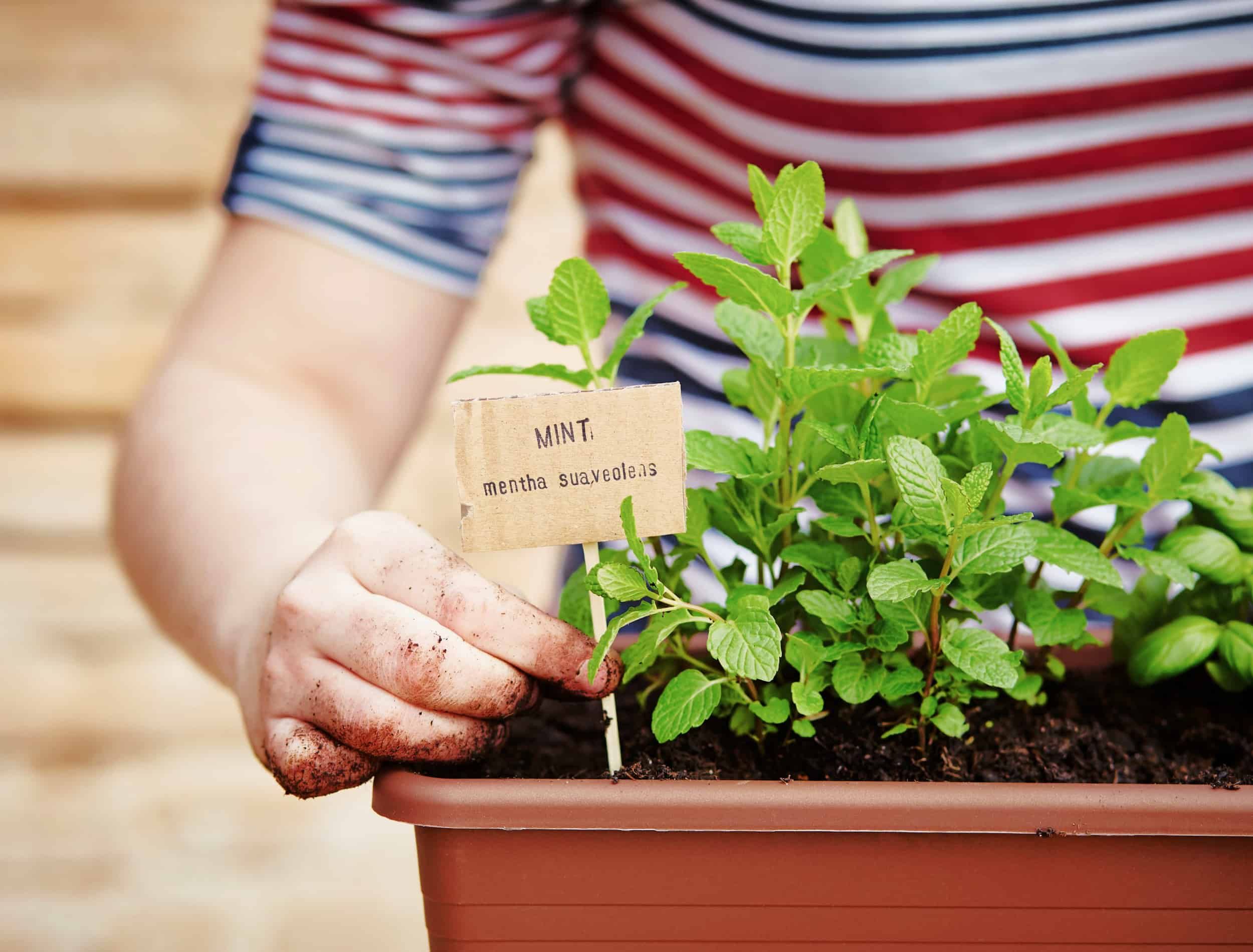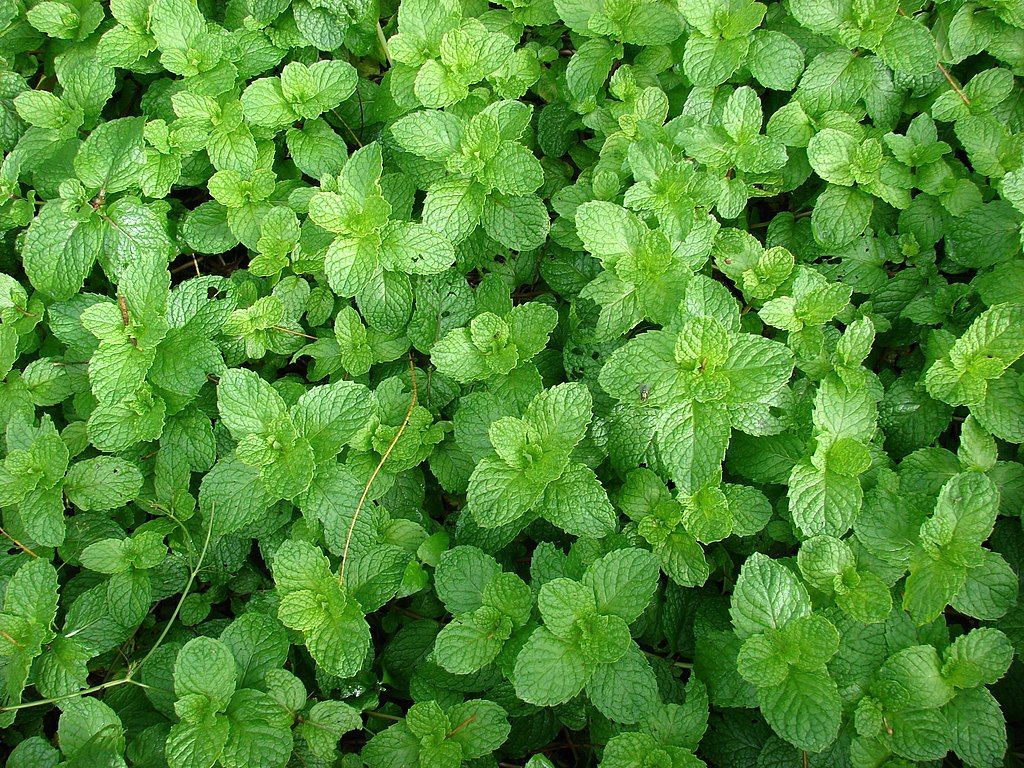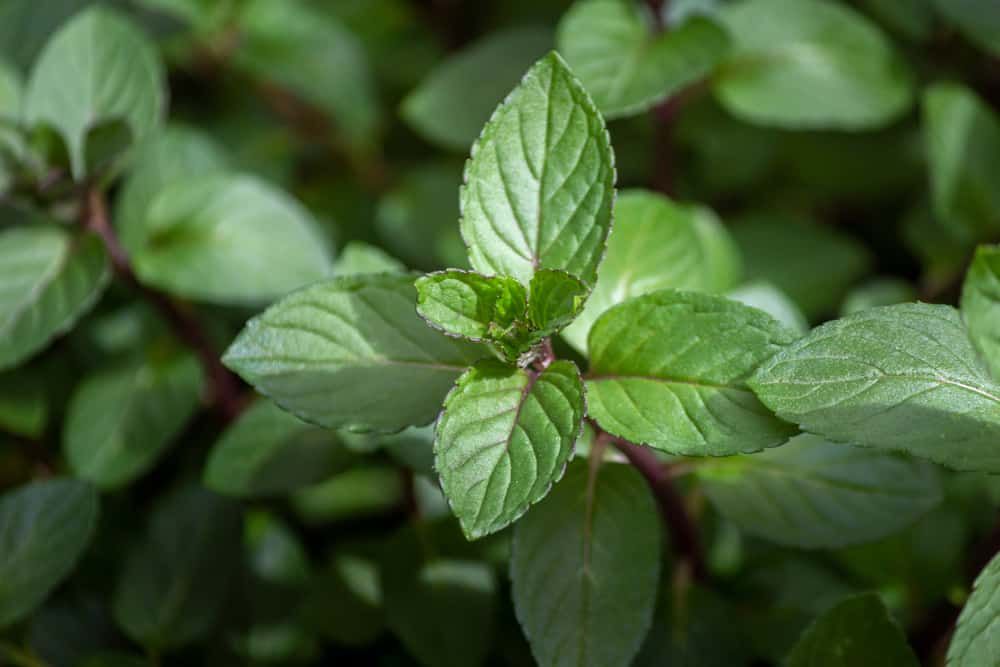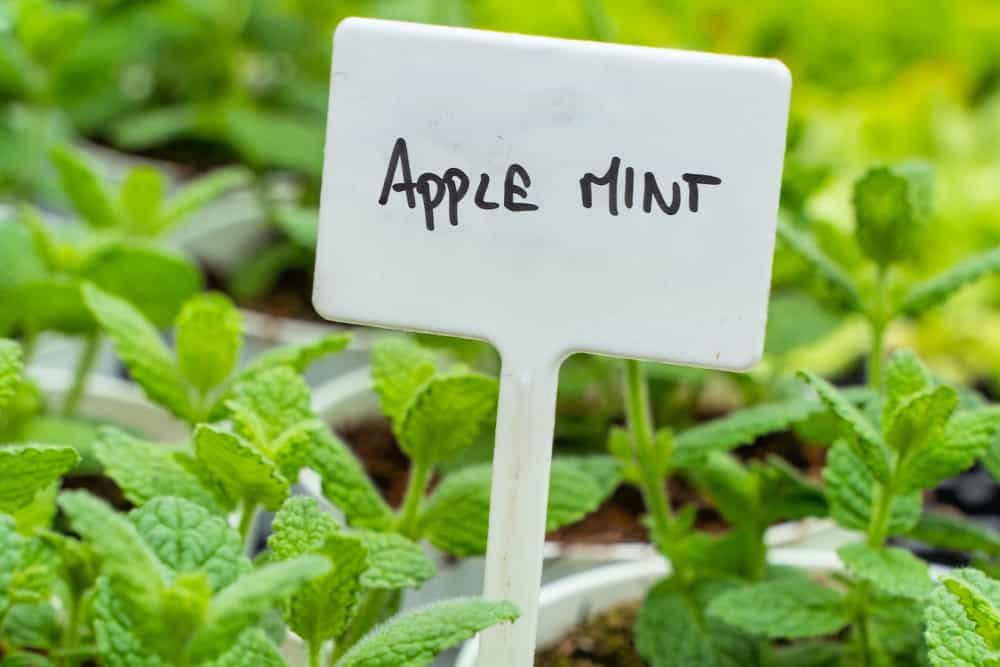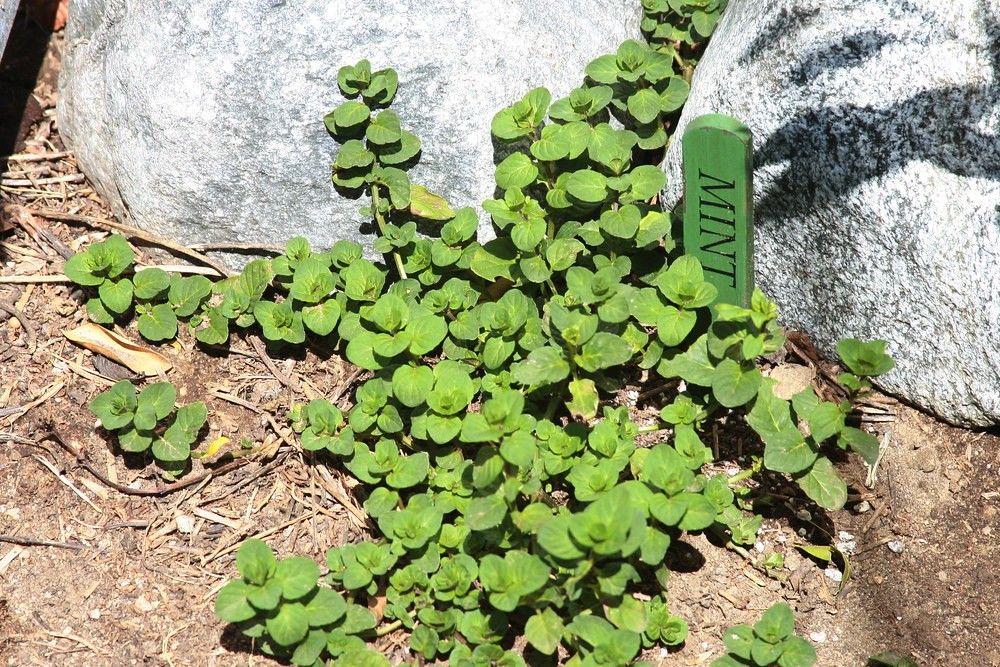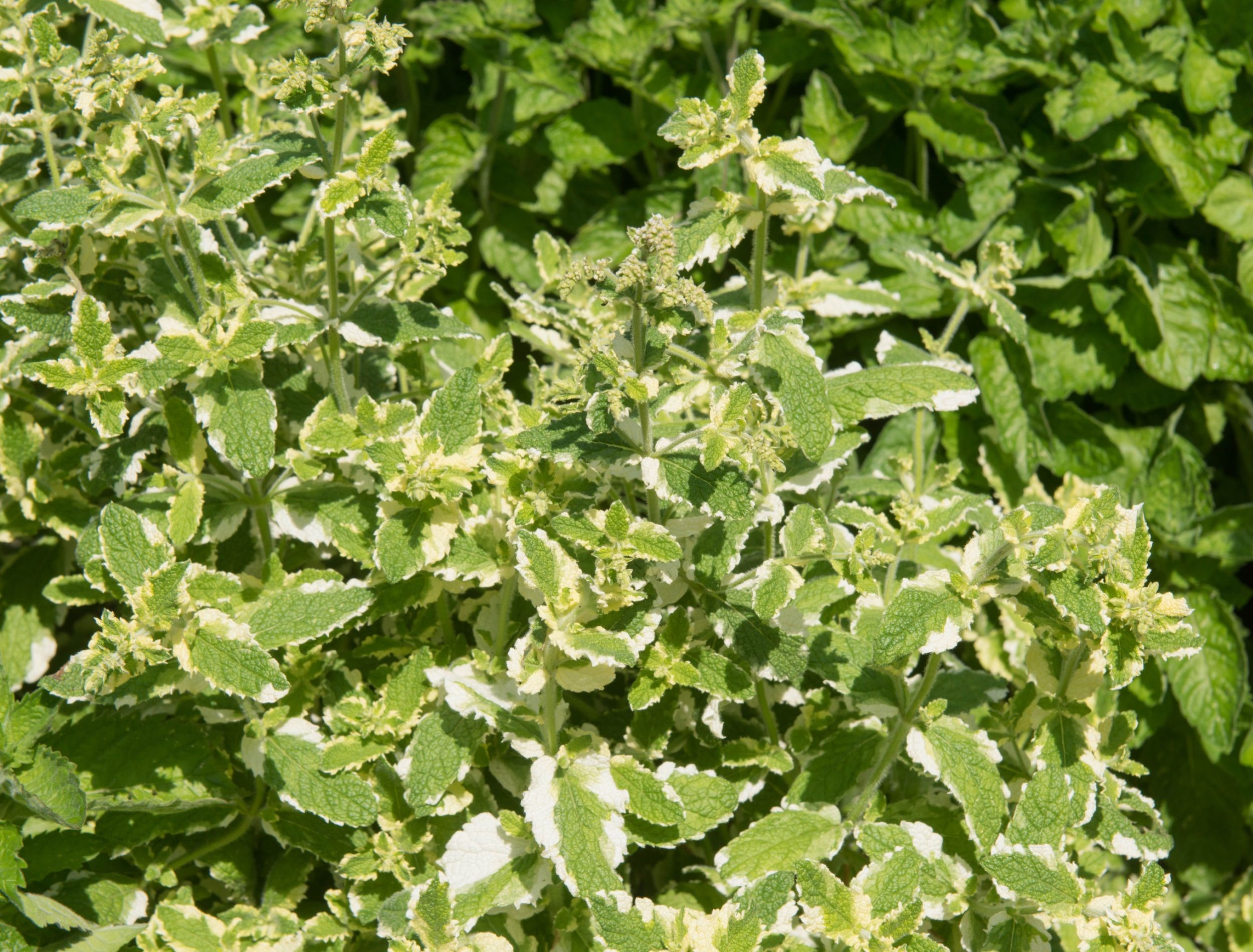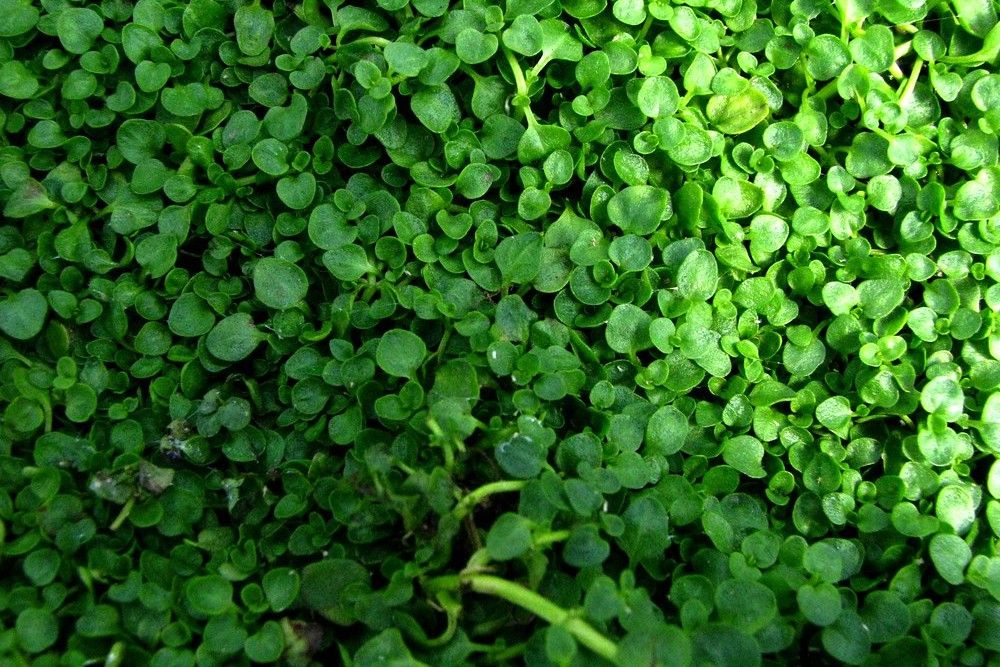Mint is a versatile herb that's widely popular for its refreshing flavor and aroma. It appears in a wide range of culinary dishes, beverages, and even medicinal remedies. However, with so many different types available, knowing which one is best to grow can be challenging.
There are numerous benefits to growing mint in your garden. For example, it grows well in various soil types and light levels, attracting beneficial insects and repelling pests. Discover some of the most popular and flavorful mint varieties and learn about their unique characteristics and growing requirements.
Growing Tips
Image credits: Raimunda-losantos via Shutterstock
All of the culinary mint varieties on this list thrive in USDA zones 5 to 9 with the exception of Corsican mint. These plants prefer moist, well-draining soil and partial to full sunlight.
These fast-growing plants spread quickly by sending out runners and underground rhizomes, and they may become invasive if left unchecked. Therefore, planting mint in containers is best to control their spread. If desired, plant it in a pot with drainage holes and bury it in your garden soil to contain the roots. You can also opt to allow the plants to spread in raised beds or a separate area of your garden.
Mint leaves have the best flavor before the plant flowers. In addition, the youngest leaves are the most flavorful, so be sure to harvest and prune regularly. Pick fresh leaves as needed and remove flower stalks as they appear. There is also the option to harvest the whole plant at once, two or three times throughout the growing season. Cut the stems 1 inch above ground level just before the plant flowers.
Mint sprigs will stay fresh for several days when kept in a glass of water. For longer storage, air-dry them in bunches or freeze them.
Spearmint
Image credits: Forest and Kim Starr via Openverse
Spearmint (Mentha spicata) is a hardy herb that thrives in cool, moist environments. As such, it's a perfect addition to your herb garden. It has a refreshing, slightly sweet flavor and a cool, menthol-like aftertaste. Therefore, spearmint leaves can be used fresh or dried in teas, salads, desserts, and sauces to add a burst of freshness and flavor.
The bright green leaves grow on green or purple stems and can be hairless or hairy. They have the best flavor when picked before the plant flowers.
Peppermint
Image credits: Karolina Grabowska via Pexels
Peppermint (Mentha x piperita) is a hybrid between water mint and spearmint. It's one of the most widely grown types of mint thanks to its refreshing taste and aroma.
Fresh peppermint leaves have a crisp and invigorating taste with a slightly sweet and cooling sensation. It's excellent in baking, cocktails, and herbal teas and adds a unique and delicious taste to various recipes.
Chocolate Mint
Image credits: Carlos Neto via Shutterstock
'Chocolate Mint' (Mentha x piperita f. citrata 'Chocolate') produces a delightful and unique flavor combination of chocolate and mint. These attractive plants have reddish-purple stems and dark green leaves with a purple or brown tinge. The fresh or dried leaves make a tasty addition to desserts, cocktails, or garnishes.
Apple Mint
Image credits: creativeneko via Shutterstock
Apple mint (Mentha suaveolens) has a unique flavor that combines sweet, fruity, and minty. Furthermore, it's milder than other varieties, like peppermint or spearmint, and has a softer, sweeter taste.
The round, light green leaves are covered with soft hairs. As such, it's sometimes called woolly or round-leaved mint. Pineapple mint (Mentha suaveolens 'Variegata') is a variegated cultivar of apple mint.
Pro Tip: Pineapple mint can grow in zone 4 with proper protection.
Orange Mint
Image credits: Living in Monrovia via Openverse
Orange mint (Mentha x piperita f. citrata), also called lemon mint, has a citrusy flavor with a subtle sweetness. When crushed, the zesty leaves are bright green and release a strong citrus scent. They're used in teas, desserts, salads, and other recipes to add a tangy flavor with a cool and refreshing aftertaste.
Ginger Mint
Image credits: Peter Turner Photography via Shutterstock
Ginger mint (Mentha x gracilis) is a cross between corn mint and spearmint. As the name suggests, it has a distinct ginger-like flavor and aroma. It's a popular choice for flavoring tea, cocktails, and other beverages.
In addition to its culinary uses, ginger mint helps soothe digestive issues, headaches, and fevers. It's an attractive addition to any herb garden, with golden-streaked green foliage and delicate flowers that bloom throughout the summer.
Corsican Mint
Image credits: D.Eickhoff via Openverse
Corsican mint (Mentha requienii) is a low-growing, spreading member of the Lamiaceae family. It has small, delicate leaves, tiny purple flowers, and a strong, minty fragrance. Consequently, it's a popular choice for rock gardens, trailing over containers' edges, or as a ground cover. It also grows well planted between stepping stones because it can withstand foot traffic. The plants grow best in partial shade and moist, well-draining soil and are hardy in USDA zones 6 to 9.
Corsican mint is also used in culinary applications thanks to its refreshing flavor. It frequently appears in Mediterranean cuisine as an addition to salads, desserts, and drinks. Moreover, the leaves are the flavoring source for creme-de-menthe liqueur.
A Little Encourage-mint
With a bit of care and attention, mint plants are a rewarding addition to any garden. There are numerous varieties to choose from, each with its own unique flavor and characteristics. When deciding which type to grow, consider your specific needs and preferences, as well as the growing conditions in your area.
What kinds of mint do you enjoy growing? Share your gardening success stories or ask any questions you may have about growing mint in the comments below.

